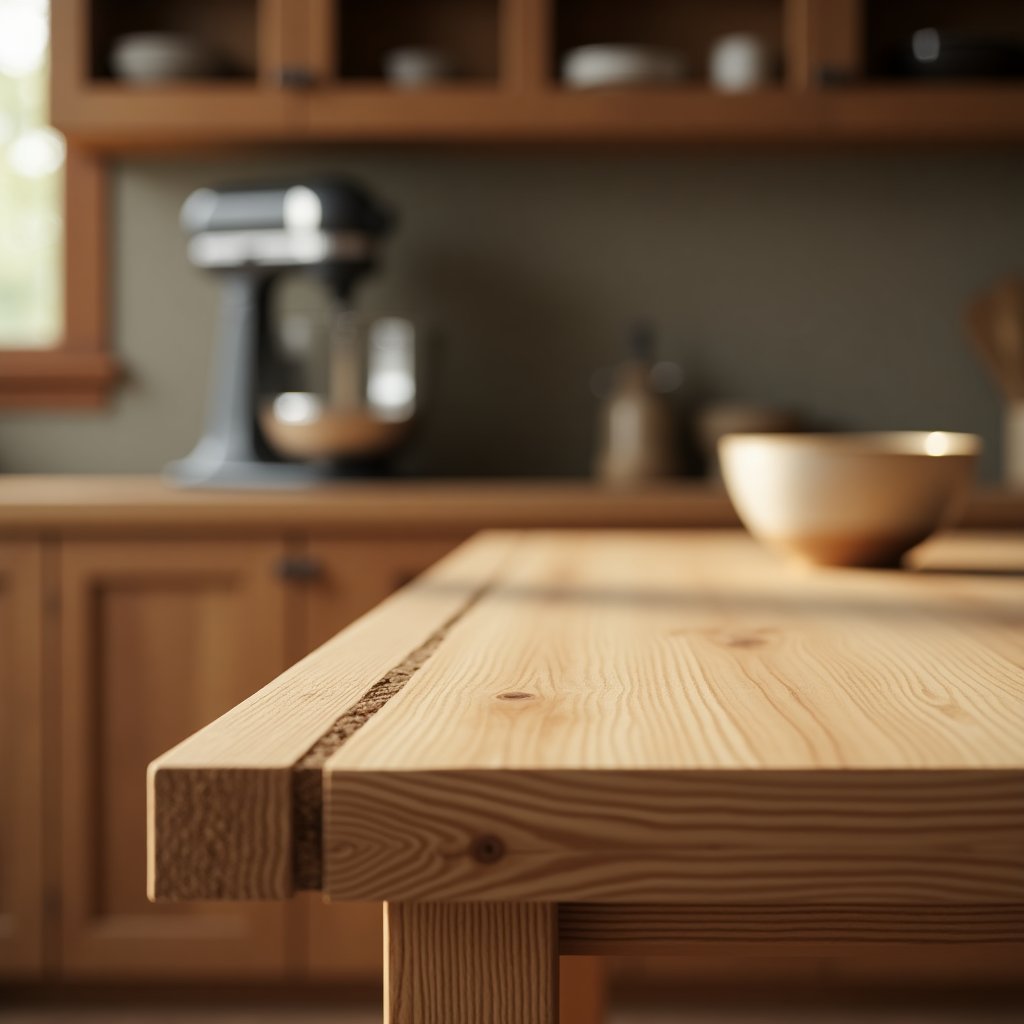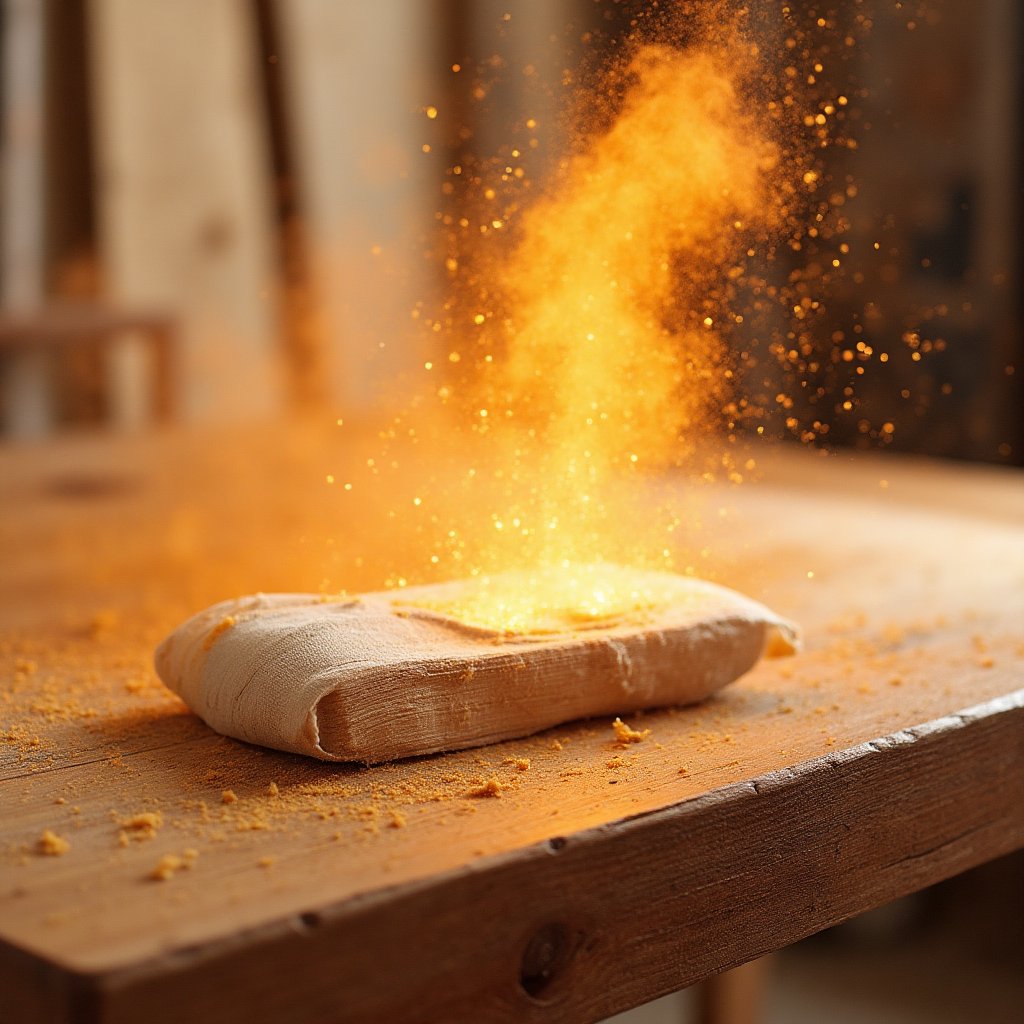When it comes to woodworking, the joints you choose can make or break your project. In a recent video on his Stumpy Nubs YouTube channel, James Hamilton breaks down the differences between miter and butt joints, and why you might choose one over the other. This article will dive deep into the pros and cons of each, helping you make the best decision for your next project.
The Great Debate: Miter Joint vs Butt Joint
James starts by showing off two projects: an L-shaped countertop and an L-shaped desk. The countertop uses a 45° miter joint, while the desk uses a 90° butt joint. At first glance, you might think the choice comes down to aesthetics, but there's a lot more to consider.
Aesthetics and Edge Profiles
One of the first factors James points out is the edge profile. The countertop had a profiled edge, while the desk had a square edge. If you try to butt two profiled pieces together, you'll end up with a gap at the inner corner. This can be solved by routing the edge profiles after the slabs are connected, but you'll have to settle for a radius in the edge profile or hand carve the transition to a point.
Another solution is to add moldings after the slabs are joined, coping the inside corner as you would with baseboards or crown moldings. However, if you choose a miter joint, you can route the profile first, resulting in a clean, crisp corner like a giant picture frame. So, if your project has a profiled edge, a miter joint might be the better choice.
Wood Movement: The Silent Killer
Wood movement is another critical factor to consider. Humidity in the air causes wood to swell and contract. Boards do not grow longer with the grain; they only grow wider across the grain. On humid days, the width of a large slab can fluctuate by as much as an eighth of an inch.
This movement affects miter and butt joints differently. In a butt joint, you have conflicting grain directions with end grain butting up to long grain. You can't permanently tie these two panels together because, while one side may grow wider, the other side won't be able to get longer to move with it. If the seam is glued together, the end grain half of the joint will eventually crack.
A miter joint, on the other hand, has the grain running in different directions, but only the ends of the fibers are connected. In theory, both halves should be able to grow and shrink together. However, as the two halves of a miter joint swell wider, the outer corner tries to open up, and as the slabs shrink narrower, the inner corners try to open up. While this phenomenon is subtle in small projects like picture frames, it's magnified in wide slabs.
Cutting the Joints: Precision is Key
Cutting large joints can be intimidating due to the size and unwieldiness of the slabs. James used a track saw for one project and a circular saw with an edge guide for another. The track saw was easier, especially for angled cuts, but both did the job. The key is to make the entire cut in a single fluid motion to avoid blade marks that could lead to gaps in the finished joint.
For those who may not achieve a perfect cut with a circular saw, James recommends using a router and a straight edge to skim the edge with a straight bit. This will clean up any blade marks and ensure a tight-fitting seam. Additionally, you shouldn't assume that your cut has to be a perfect 90° or 45°. Instead, create a template at the job site to get the proper angle, especially for countertops and desktops.
Joinery: Keeping It Together
Joinery is perhaps the most important factor to consider when choosing between miter and butt joints. Since glue doesn't have a place in either of these joints due to wood movement, what you need is something to pull the two halves together and keep them on the same plane up and down so the joint remains tight and the surface is flat.
This is where loose tenon joinery comes into play. Biscuits work well as long as you have a good cutter that creates a tight pocket for the biscuits to fit into. A loose tenon router jig also works well. These options are preferable to dowels because the slots can be cut wider than the biscuits or tenons inside them, allowing room to move side to side while keeping the joint firm up and down. They're dry-assembled without glue.
Instead of glue, both miter and butt joints are held together with metal fasteners that allow for wood movement. For the butt joint, James chose pocket screws bored into the end grain of the joint, not the long grain. The exit holes are counterbored to make the hole larger than the screw's threads, allowing the panel to move naturally without restriction.
For the miter joint, draw bolt joint connectors (or dog bone connectors) are used. These require a special slot created with a forstner bit and a simple router jig. James prefers these connectors because they are very strong, ensuring that the thick slab countertop will never come apart.
Final Thoughts
Choosing between a miter and a butt joint isn't just about looks. It's about understanding the unique nature of each type of joint and how it will behave over time. By considering factors like edge profiles, wood movement, and joinery, you can make an informed decision that will keep your project looking great for years to come.
So, what do you think? Are you team miter or team butt joint? What factors do you consider when choosing between the two in your projects? Share your thoughts in the comments below and join the iNthacity community to become part of our "Shining City on the Web." Don't forget to like and share this article to help your fellow woodworkers make the best choices for their projects!
Wait! There's more...check out our gripping short story that continues the journey: The Vapor Engine
Disclaimer: This article may contain affiliate links. If you click on these links and make a purchase, we may receive a commission at no additional cost to you. Our recommendations and reviews are always independent and objective, aiming to provide you with the best information and resources.
Get Exclusive Stories, Photos, Art & Offers - Subscribe Today!


























Post Comment
You must be logged in to post a comment.